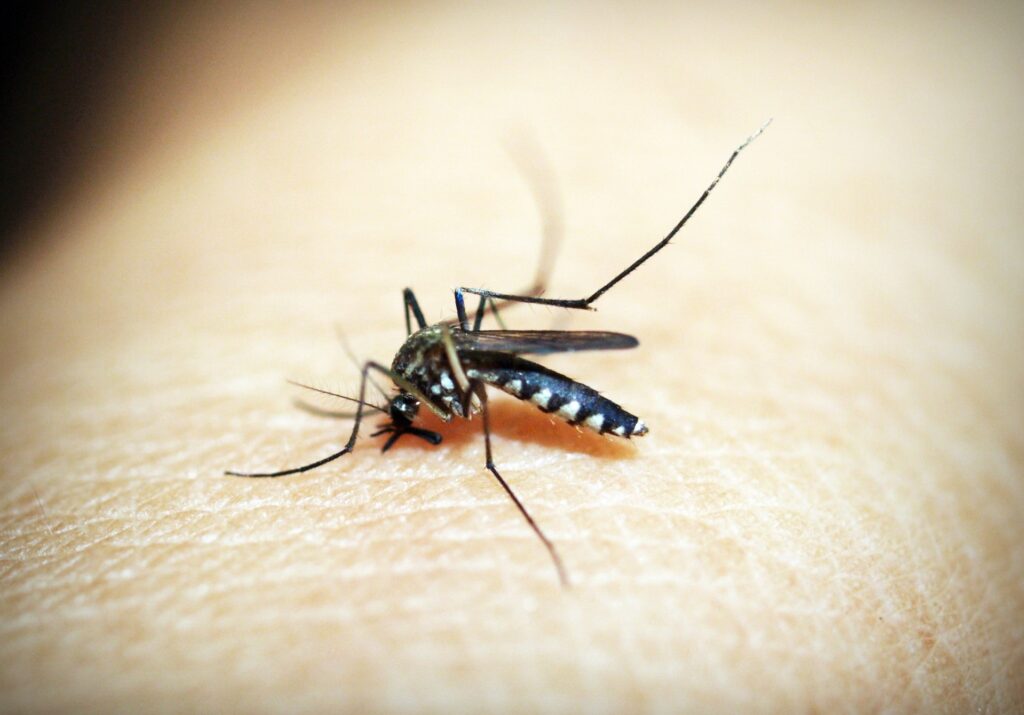Having a travel first aid kit is extremely important if you’re traveling, regardless if it’s for a short or long period of time. With that said, most travelers have a limited amount of space in their luggage, which makes it difficult to know exactly what to include in a DIY emergency travel medical kit.
Do you need to carry a first aid kit with you?
Yes, you will find medical attention everywhere you go. But, as a traveler, it’s normal to experience small injuries or minuscule ailments that don’t require specialized medical attention. Instead of having to scramble to a pharmacy and potentially communicating via sign language, it’s always best to have a first aid kit that includes basic medication.
That said, pre-made kits are sometimes too bulky or don’t contain all of the remedies you need. In these cases, your best bet is to create your own kit and make sure that it contains everything you’ll potentially need.
What to include In your travel first aid kit
Now that we’ve discussed the importance of creating a travel first aid kit, let’s take a look at the essentials you have to include:
1. Customized prescriptions
Trekking, taking flights and eating new types of food are all staples of a great trip. But these can also cause altitude sickness, motion sickness or gastrointestinal issues.
Instead of waiting for the worst to happen, your first aid kit should include prescriptions customized for you and the place you’re visiting. This will help you avoid common illnesses so you can enjoy your trip as much as possible.
2. Bandages
Scratches, scrapes and minor cuts may take longer to heal abroad depending on how different the climate is from where you live. In extreme cases, these can get infected and cause significant skin issues. We recommend having bandages of different sizes in your travel first aid kit to help you protect these wounds and make sure they stay clean while you heal. We love this Flexible Family Pack from our friends at Welly!
3. Adhesive tape and gauze
Even if they are not deep, small wounds like scrapes can cover a significant portion of your body. In these cases, having sterilized gauze and adhesive tape will help you protect the area and minimize the chances of infection. If you end up with a big scratch, you can cut or fold the gauze to cover the affected area and avoid placing adhesive directly on the wound.
4. Topical disinfectant
Bandages and gauze are important, but you need to sterilize the surface of a wound before applying any of these. This is where a small bottle of topical disinfectant comes in handy.
You should avoid bringing harsh disinfectants like alcohol and opt for something less damaging to your skin, like iodine. And whatever you choose, remember to pack a bottle of 100ml or less if you’re flying.
5. Over-the-counter pain and anti-inflammatory medication
Headaches and other common types of pain can be caused by a variety of things. To avoid succumbing to mild pain and losing a day, pack over-the-counter pain and anti-inflammatory medication in your travel first aid kit.
Some common remedies you can pack include ibuprofen, paracetamol and diclofenac, all of which can help relieve mild discomfort. You can choose whatever brand you prefer, but make sure that the medications you choose are allowed in the countries you’re visiting.
6. Antihistamines
Our bodies use histamines to tell us when we are exposed to an allergenic substance. However, an excess of histamines can cause severe side effects.
Even if you don’t have any known allergies, it’s always good to pack antihistamines in case your body reacts to something in your environment. It’s common for your body to release a high number of histamines when exposed to certain foods and substances. But, packing something to help you reduce this reaction can save you a trip to the pharmacy later on.
7. Antidiarrheal
We’ve all heard the horror stories of traveler’s diarrhea. But experiencing gastrointestinal woes is no joke, so having antidiarrheal medication in your travel first aid kit is undoubtedly a no-brainer.
8. Antibiotic cream
Last but not least, no travel first aid kit is complete without antibiotic cream. Also a great alternative for light scratches and scrapes, antibiotic cream minimizes the chances of getting infections while also accelerating the healing process. But avoid applying it on rashes or skin blemishes unless instructed by a medical expert.
It’s important to note that antibiotic creams and remedies contribute to the development of stronger bacteria. For this reason, you should use this as a last result to avoid increasing the number of antibiotic resistant bacteria you’re exposed to.

